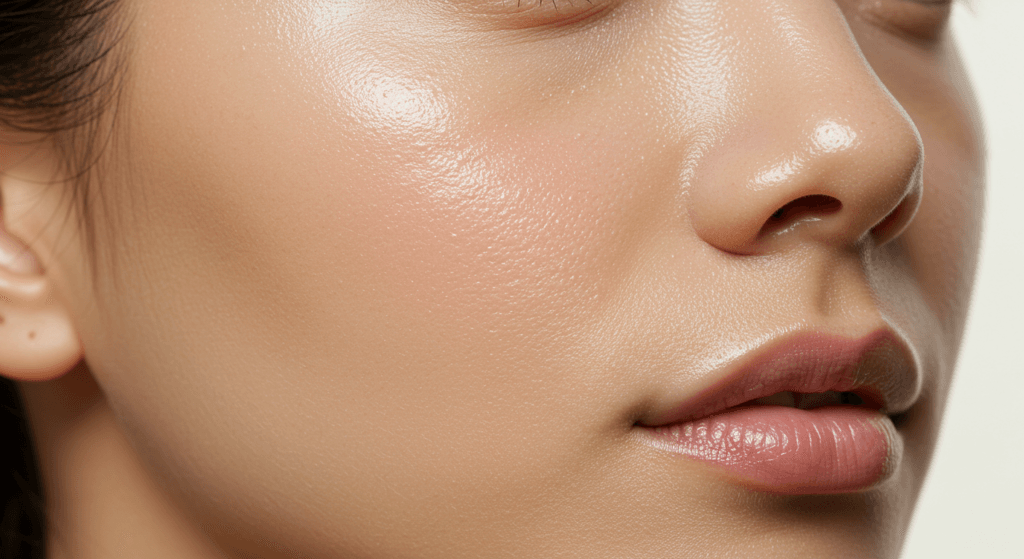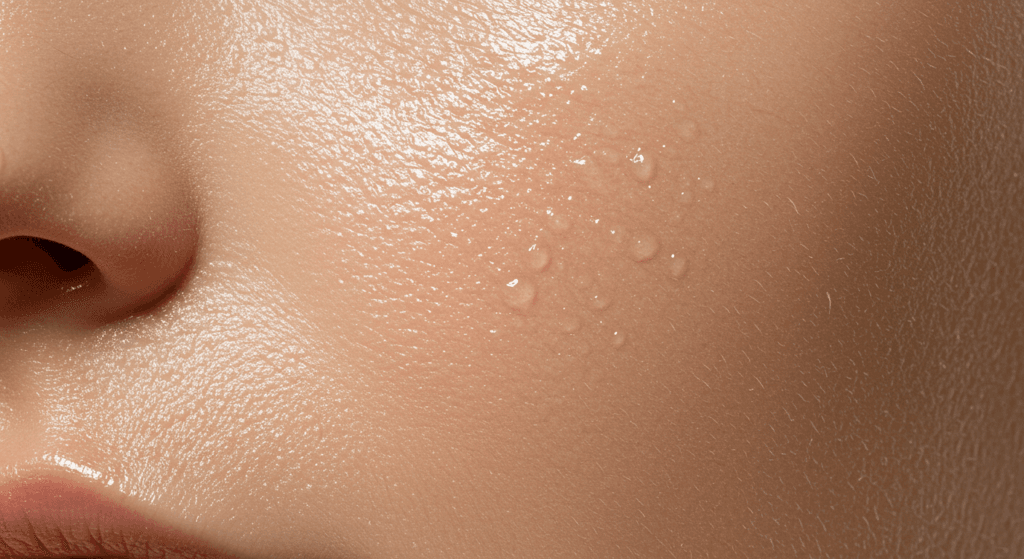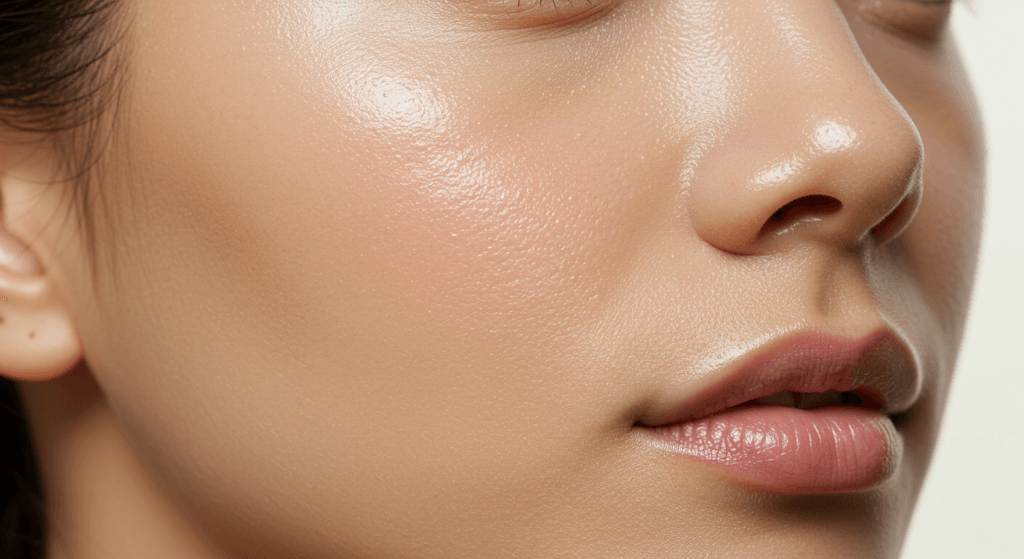Acne, a common skin condition affecting millions, often leaves behind scars that can significantly impact self-esteem and confidence. While complete eradication of acne scars isn’t always possible, significant improvement is achievable with the right approach. This article will explore the formation of acne scars, their various types, available treatment options, and preventative measures to minimize their occurrence.
Understanding Acne Scar Formation
Acne scars result from the body’s healing process after an inflammatory acne lesion. When a pimple or cyst heals, the skin may not repair itself perfectly, leading to a change in the skin’s texture and appearance. The severity of the scar depends on several factors, including the depth and size of the original acne lesion, the individual’s skin type and healing response, and the presence of infection. Inflammation plays a crucial role; deeper, more inflamed acne is more likely to result in noticeable scarring.
The process involves the disruption of collagen and elastin fibers, the proteins responsible for skin’s structural integrity. This disruption can lead to a variety of scar types, each with its unique characteristics and treatment challenges. Genetic predisposition also plays a role; some individuals are simply more prone to scarring than others, regardless of the severity of their acne. Understanding this complex interplay of factors is key to developing an effective treatment plan.
Inflammation is the primary driver of scar formation. Picking, squeezing, or otherwise manipulating acne lesions significantly increases the risk of scarring. This is because such actions introduce bacteria and further damage the surrounding skin tissue, prolonging the inflammatory response and hindering the natural healing process. Therefore, resisting the urge to touch or pick at acne is paramount in preventing scar formation.
Early intervention is crucial. Addressing active acne promptly and effectively can minimize the likelihood of developing significant scarring. This involves a combination of appropriate skincare routines, topical treatments, and potentially oral medications, all tailored to the individual’s specific needs and acne severity. A dermatologist can provide personalized guidance in this regard.

Types of Acne Scars and Their Severity
Acne scars are broadly classified into atrophic (depressed) and hypertrophic (raised) scars. Atrophic scars are the most common type, appearing as indentations or pits in the skin. These are further categorized into ice pick scars (deep, narrow, and pointed), boxcar scars (broad, square-shaped), and rolling scars (widespread, undulating depressions). The depth and size of these scars determine their severity and the difficulty of treatment.
Hypertrophic scars, on the other hand, are raised and thickened areas of skin. These are less common in acne but can occur, particularly in individuals with a tendency towards keloid formation (excessive scar tissue growth). Keloid scars extend beyond the boundaries of the original wound and can be quite noticeable. The severity of hypertrophic and keloid scars is often assessed based on their size, elevation, and impact on surrounding skin.
The severity of acne scarring is subjective and depends on both the patient’s perception and the dermatologist’s clinical assessment. A standardized scoring system may be used to objectively quantify the severity of scarring, taking into account factors such as the number, depth, and type of scars. This helps guide treatment decisions and track progress over time.
Accurate classification of scar type is essential for selecting the most appropriate treatment. A comprehensive skin examination by a dermatologist is crucial for accurate diagnosis and to develop a personalized treatment plan that addresses the specific types and severity of acne scars present.

Treatment Options for Scar Reduction
Several treatment options are available to reduce the appearance of acne scars, ranging from topical treatments to minimally invasive procedures and more extensive surgical interventions. Topical retinoids, such as tretinoin, can stimulate collagen production and improve skin texture, particularly for mild scarring. Chemical peels, using various acids like glycolic or salicylic acid, can exfoliate the skin and improve the appearance of superficial scars.
Microneedling, a minimally invasive procedure involving the use of tiny needles to create micro-injuries in the skin, stimulates collagen production and can improve the texture and appearance of atrophic scars. Laser treatments, such as fractional CO2 lasers, can resurface the skin and reduce the appearance of both atrophic and hypertrophic scars. The choice of laser depends on the scar type and skin type.
Fillers, such as hyaluronic acid, can be injected into depressed scars to fill in the indentations and improve the skin’s surface. This is particularly effective for ice pick and boxcar scars. Surgical excision, where scars are surgically removed and the skin is closed, may be an option for certain types of scars, particularly deep or raised scars.
The optimal treatment approach depends on several factors, including the type and severity of the scars, the patient’s skin type, and their individual preferences. A dermatologist can assess the scars and recommend the most appropriate treatment strategy, which may involve a combination of therapies for optimal results. Realistic expectations are important; complete scar removal is often not achievable, but significant improvement is possible.

Long-Term Outlook and Prevention
While complete elimination of acne scars is often unrealistic, significant improvement is achievable with appropriate treatment. The long-term outlook depends on several factors, including the type and severity of the scars, the chosen treatment, and the individual’s skin healing response. Many treatments offer lasting improvement, but maintenance may be necessary to prevent recurrence or further scarring.
Prevention is key. Early and effective treatment of acne is crucial in minimizing the risk of scarring. This involves maintaining a consistent skincare routine, using appropriate topical treatments as prescribed by a dermatologist, and avoiding picking or squeezing acne lesions. Good hygiene practices, such as gentle cleansing and avoiding harsh scrubbing, are also important.
Lifestyle factors can also influence scar formation. Protecting the skin from sun damage is crucial, as sun exposure can worsen the appearance of scars and increase the risk of hyperpigmentation. Using a broad-spectrum sunscreen with an SPF of 30 or higher daily is essential. A healthy diet, adequate hydration, and stress management can also contribute to overall skin health and healing.
Regular follow-up appointments with a dermatologist are recommended to monitor progress, adjust treatment plans as needed, and address any concerns. With a proactive approach to acne management and appropriate treatment of existing scars, individuals can significantly improve their skin’s appearance and boost their confidence.
Acne scarring can be a challenging but manageable condition. While complete eradication may not always be possible, significant improvements can be achieved through a combination of effective treatment options and preventative measures. Consulting a dermatologist is crucial for accurate diagnosis, personalized treatment planning, and achieving the best possible outcome. Remember, early intervention and a proactive approach are key to minimizing the impact of acne scars.
Discover the expertise of Dr. Ebru Okyay, your trusted dermatologist in Antalya. Whether you’re looking to address medical skin concerns or enhance your natural beauty with cosmetic treatments, Dr. Okyay is here to help. With personalized care and advanced techniques, achieving your skin goals has never been easier.
